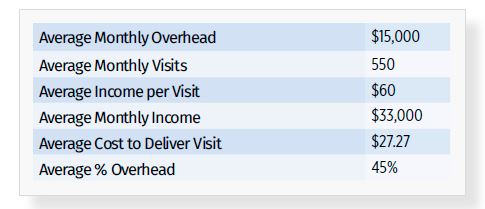
Enhancing Crisis Response: The Role of Epidemic Data Analytics Systems
Epidemic data analytics systems have emerged as invaluable tools in managing and responding to health crises. This article delves into the significance of these systems, exploring their capabilities in enhancing crisis response and public health outcomes.
Introduction to Epidemic Data Analytics Systems
Epidemic data analytics systems utilize advanced technologies to collect, analyze, and interpret vast amounts of health-related data. These systems are designed to provide insights into the spread of diseases, predict outbreaks, and guide decision-making processes for effective epidemic response.
Real-Time Monitoring and Surveillance
One of the primary functions of epidemic data analytics systems is real-time monitoring and surveillance. These systems continuously gather and analyze data from various sources, including healthcare facilities, laboratories, and public health records. Real-time monitoring enables authorities to detect outbreaks early, allowing for swift intervention and containment measures.
Predictive Modeling for Outbreak Prediction
Epidemic data analytics systems leverage predictive modeling to anticipate the trajectory of outbreaks. By analyzing historical data, population movement patterns, and environmental factors, these systems can forecast potential hotspots and areas at higher risk of disease transmission. This predictive capability aids in resource allocation and strategic planning for epidemic response.
Identification of High-Risk Populations
Analyzing demographic and health data allows epidemic data analytics systems to identify high-risk populations. This information is crucial for tailoring interventions and allocating resources where they are most needed. Vulnerable groups can be prioritized for preventive measures, vaccination campaigns, and targeted healthcare interventions.
Resource Allocation and Optimization
During epidemics, resource allocation becomes a critical challenge. Epidemic data analytics systems play a key role in optimizing the allocation of resources such as medical supplies, personnel, and treatment facilities. Data-driven insights help authorities make informed decisions to ensure that resources are distributed efficiently based on the severity and spread of the epidemic.
Enhancing Contact Tracing Efforts
Contact tracing is a fundamental component of epidemic control. Data analytics systems streamline contact tracing efforts by rapidly identifying and notifying individuals who may have been exposed to an infectious agent. This accelerates response times, reduces transmission risks, and contributes to overall containment strategies.
Adaptive Strategies Through Machine Learning
Machine learning algorithms integrated into epidemic data analytics systems enable adaptive strategies. These algorithms can continuously learn from new data, adjusting predictions and response strategies as the epidemic evolves. This adaptability enhances the effectiveness of interventions and improves the overall responsiveness of healthcare systems.
Data Privacy and Ethical Considerations
While the benefits of epidemic data analytics are substantial, it is crucial to address data privacy and ethical considerations. Striking a balance between using data for public health benefits and protecting individuals’ privacy is paramount. Implementing robust data governance frameworks ensures that data is used responsibly and ethically in epidemic analytics systems.
Global Collaboration in Epidemic Analytics
Epidemics know no borders, emphasizing the need for global collaboration in data analytics. Collaborative efforts involve sharing data, best practices, and technological innovations. International cooperation enhances the collective ability to respond to global health threats and ensures that data analytics systems are informed by a diverse range of perspectives and experiences.
Future Outlook: Advancing Epidemic Data Analytics
As technology evolves, the future of epidemic data analytics holds exciting possibilities. Advancements in artificial intelligence, data integration, and real-time connectivity will further enhance the capabilities of these systems. Continued investment in research and development will contribute to more sophisticated tools for epidemic monitoring and response.
In conclusion, epidemic data analytics systems are indispensable in the modern public health landscape. By harnessing the power of data, these systems contribute to early detection, effective response planning, and resource optimization during health crises. As we navigate the complexities of epidemic management, the integration and advancement of data analytics systems remain crucial for building resilient and responsive healthcare systems.
For more information on epidemic data analytics systems, visit Healthcare Systems.














